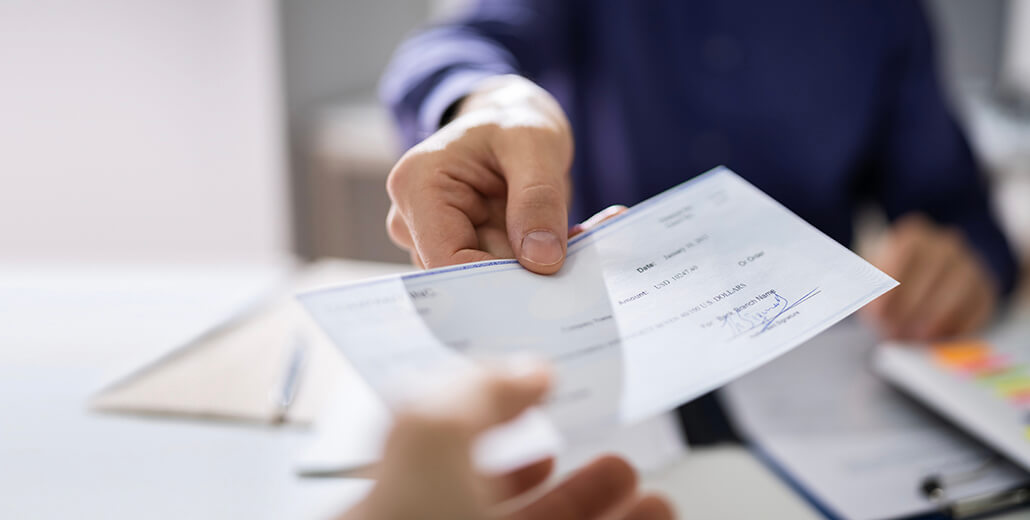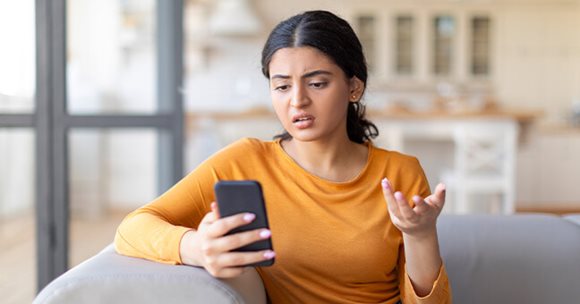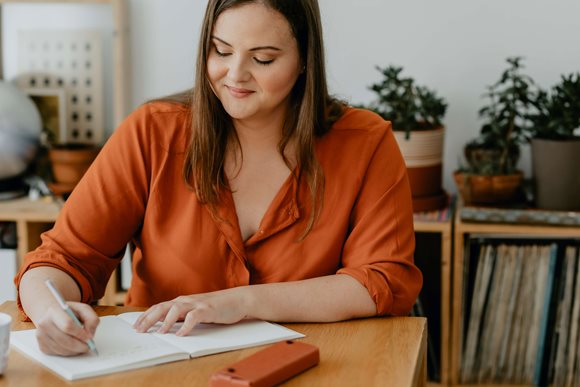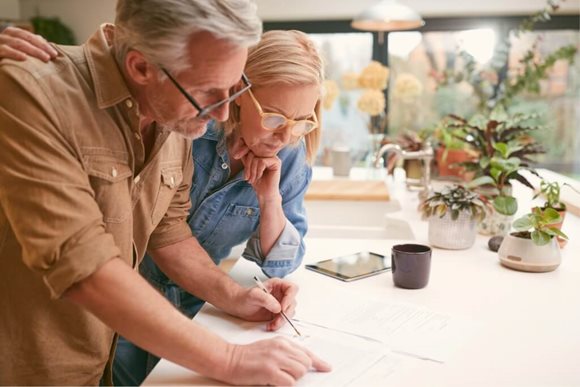You may have received checks in the past – perhaps a check from a relative tucked into a birthday card, a paycheck or a refund of some kind. All of these depend on having a checking account, which, in the simplest terms, is a place where you can safely deposit and withdraw your money.
A checking account is like most bank accounts, with one key difference: With a checking account you can write and deposit checks. And there are few (if any) limits to the number of transactions you can use the account for. In return, the bank will pay next to no interest and will often charge a regular fee. Checking accounts allow you to do most of the banking you are used to, like paying bills and receiving your paycheck.
So why open a checking account?
One reason is the previously mentioned paper checks, which may seem old-fashioned in this digital age but are surprisingly useful. The latest Federal Reserve survey found that 14% of Americans still prefer to issue payments by check.
Reasons for this may be:
- Keeping a checking account with a check-by-check register teaches you and your family, especially teenagers, financial management.
- Landlords or their real estate agents, who want to have a property management paper trail, often insist that tenants pay rent with checks.
- Many small businesses and contractors don't accept credit or debit cards because of the fees charged, which can be as much as 3%.
- You may want to create savings by staying disciplined with your spending, and checks or cash are a proven to be better choices for this than plastic.
You may hear that some checking accounts have rewards and cash back and interest rates that are even higher than savings accounts. These features do exist, but they usually come with conditions such as leaving a substantial amount of funds in the account or using the bank’s credit card. Violate the conditions, and all the benefits disappear! The bottom line is this: Keep things simple by using your checking account to manage life’s transactions and your savings account to build wealth for the future.
Which, then, are the best banks for checking accounts?
If you google “checking,” you will find lots of long-winded and complex discussions. To cut through this, you need to be able to talk to someone with whom you have or could have a trusting personal relationship, like your local banker.
Community banks are by far the best places to open a checking account as they will know you and your needs and provide the best guidance. Furthermore, you will have the comfort of knowing that the funds you deposit will become loans for other members of your community.
Local community banks generally offer many of the same features as larger banks, but often have a more personal touch, with user-friendly websites, financial blogs and educational resources, as well as someone who will remember your face the next time you come in.
How do you open a bank account?
There are five basic steps: Step one is to decide what kind of account you want. Most likely, you want a checking account and a savings account, as discussed above. However, there are many other accounts with opaque and obscure names, including money market accounts, recurring accounts, fixed deposit accounts, current accounts, business accounts and so on.
If you are uncertain, go to step two: Visit your preferred community bank and sit down with your local banker. Together, you can determine what account best suits your needs.
Step three is to provide the identification the government requires to ensure you are not financing crime or insurrection. This will typically include two forms of identification. A government-issued photo ID like a driver’s license, state-issued ID or passport is usually the first kind. Next, a military ID, a debit or credit card in your name, or valid school ID with picture from an accredited institution within the United States should serve as the second form of ID. They will also need your date of birth, Social Security number (SSN) or taxpayer identification number (TIN), and your current physical address.
Step four involves filling out the bank’s forms and providing examples of your signature.
Lastly, step five is depositing your opening balance. Checking and savings accounts don’t normally require more than $100 to open.
You can keep track of your finances by monitoring your bank statement online. Your bank statement is a list of all transactions for your bank account over a set period, usually monthly. The statement includes deposits, charges and withdrawals, as well as the beginning and ending balance for the period. Your friendly local banker can explain how to use and keep track of it.
How often should you monitor your checking account?
Some people feel that monitoring their checking account once a month is enough, but this is not really enough to keep you conscious of your spending or help you catch fraud in a timely manner. It's so easy to look up your statement online that you could check every day. However, once a week is usually sufficient.
In addition to your online banking site, if you are wondering where to find your checking account number or routing number, they are on all of your paper checks. At the bottom of your check is a string of numbers. The first nine numbers are your routing number, also known as an RTN or ABA routing number. Following that is your account number (usually 10-12 digits). The last number in the string is the check number, which helps keep track of each check.
If you still have questions about checking accounts or any bank service, stop by your local Fremont Bank branch, and one of our associates will be happy to help you out, whether you are a current client or not.







